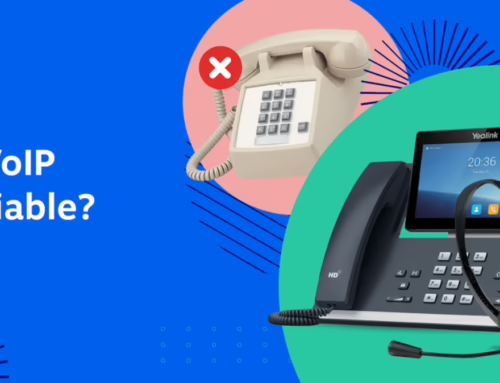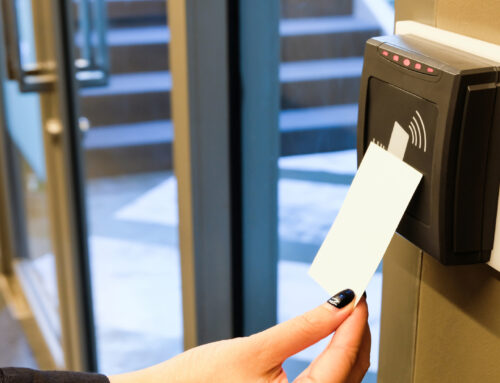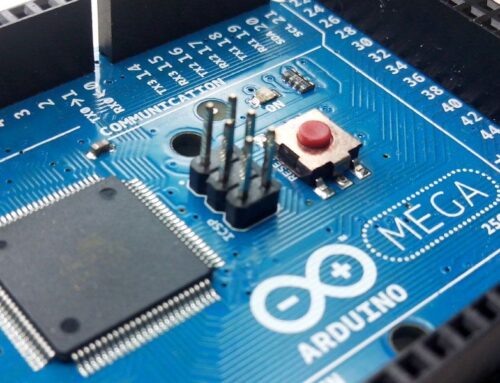How to Design a Reliable Office Network for Small Teams
A fast, secure, and reliable office network is the backbone of any modern business—especially for small teams that need to stay agile and connected. Whether you’re setting up a new office or upgrading your current infrastructure, here’s how to design a network that supports your team’s productivity and growth.
1. Assess Your Needs
- Number of users and devices (computers, printers, phones, etc.)
- Types of applications (VoIP, video conferencing, cloud apps)
- Bandwidth requirements (based on daily usage)
- Security needs (especially if handling sensitive data)
2. Choose the Right Network Hardware
- Router: Business-grade with strong security features
- Switches: Managed switches for better control and performance
- Access Points: For strong Wi-Fi coverage across the office
- Cabling: Use Cat6 or higher for future-proofing
3. Plan Your Network Layout
Design a layout that minimizes bottlenecks:
- Wired connections for desktops and servers
- Wireless access points for mobile devices and laptops
- Centralized equipment in a secure, ventilated area
4. Implement Network Security
- Firewall – hardware or software-based
- VLANs – segment traffic for better security and performance
- Strong passwords and multi-factor authentication
- Regular updates for firmware and software
5. Optimize for Performance
- QoS (Quality of Service) – prioritize traffic like VoIP or video calls
- Load balancing – distribute traffic evenly
- Monitoring tools – track usage and detect issues early
6. Plan for Growth
- Choose modular hardware
- Leave room in your switch for more ports
- Consider cloud-managed networking solutions
7. Document Everything
- IP address assignments
- Device configurations
- Network diagrams
- Login credentials (stored securely)










